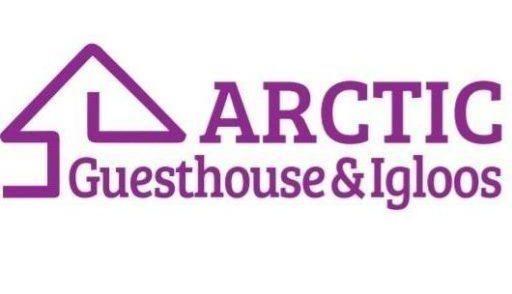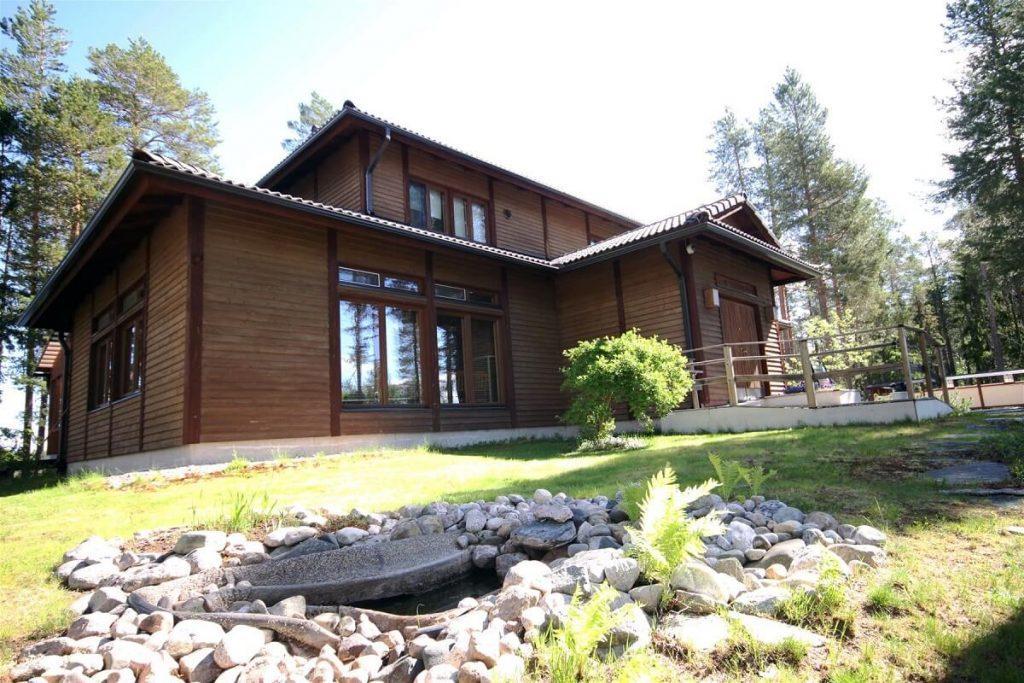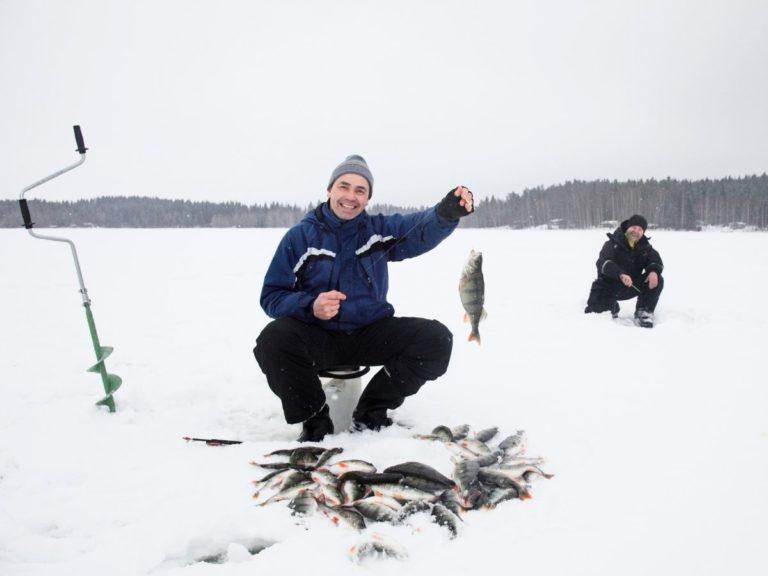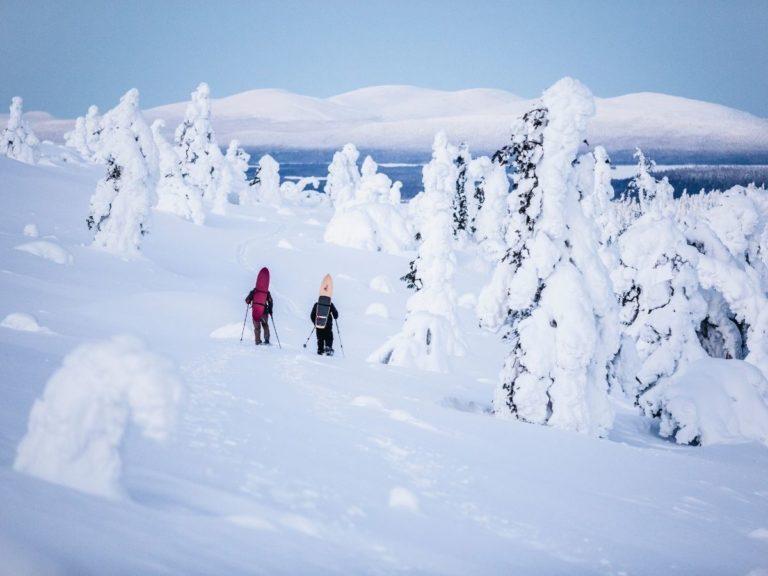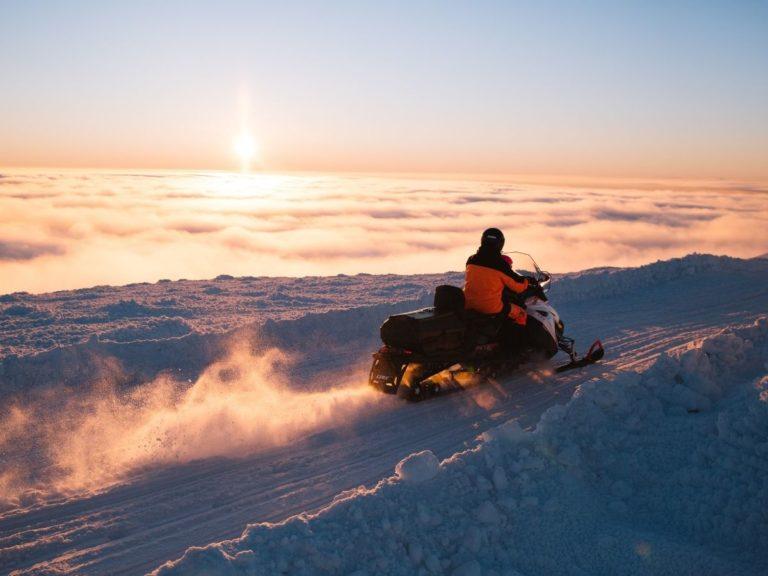Table of contents
Ranua Zoo Wildlife Park - more than 50 different species
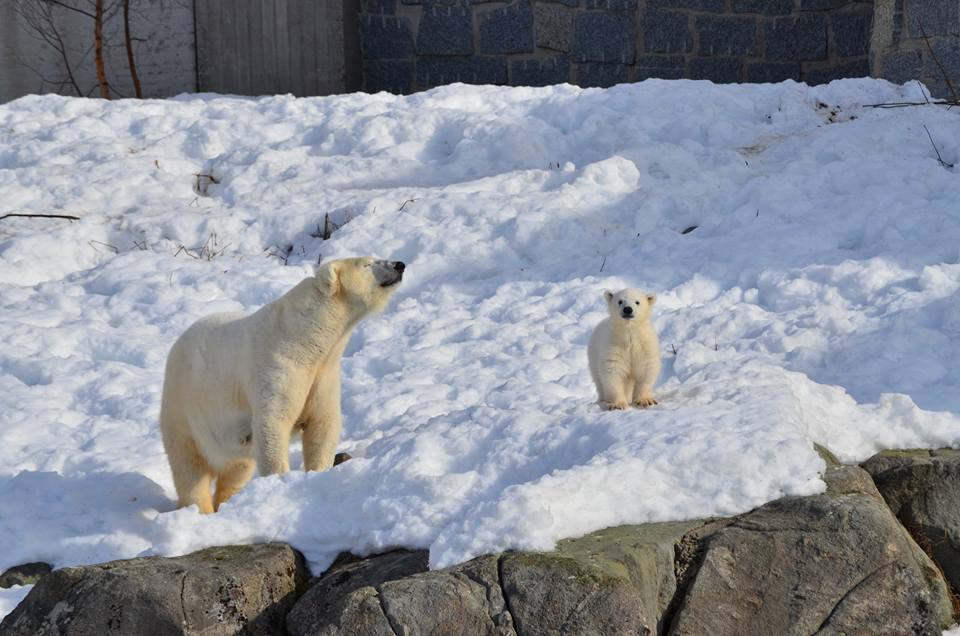
Let’s start with the main attraction, which of course is Ranua Zoo Wildlife Park.
Ranua Wildlife Park, or Ranua Zoo, is owned by the municipality of Ranua. It is the northest wildlife park in Finland, where you can get to know the life of more than 50 different animal species. Ranua Zoo is home to the only polar bears in Finland, lynxes, wolves and many other and more exotic animal species, such as dholes and manuli. In addition, there are many shops and restaurant services in the vicinity of the zoo.
Finland’s only polar bears, who live in the Ranua Zoo, symbolize the goals of the climate program for the municipality of Ranua. In all its activities, the municipality of Ranua takes into account the sustainable use of natural resources.
In addition, Ranua Zoo wants to invest above all in animal welfare. The park is part of the European Zoo Community, or EAZA, which aims to maintain healthy, diverse populations of different animal species. – In EAZA, there is a coordinator for each animal species who takes care of the welfare and reproduction of the animal species. Ranua Zoo’s nursing animal care also takes care of damaged wildlife animals, which are sought to be returned to nature when the situation allows.
The church of Ranua

Ranua Church is a small log church built in 1914. The church was designed by architect Jarl Eklund. In the early years of the church, the interior and exterior walls were log surfaces. The external walls were planked in the 1920s.
The church was thoroughly renovated in the 1950s on the basis of a plan made by the architectural firm Irmeli & Markus Visanti. The whitewashed log walls on the inside were paneled and the interior of the church was also implemented in a new way. In the 1960s, a copper roof was installed in the church and the fireplace heating was replaced by electric heating.
The church was renovated in 2014. The architectural firm Voutilainen together with the Ranua parish construction committee was responsible for the renovation planning. In connection with the renovation, the access of people with reduced mobility to the church was improved, a new geothermal system and induction cable were installed, the church’s lighting was renewed both indoors and outdoors, a new hearse, altar table, hymn number hanger space and emergency exit from the gallery. Artist Nina Robbins restored the altarpiece of the church. Outside the church, gutters and downspouts were also replaced.
Ranua Church is open to the public in the summer of 2021, so that on Wednesday and Thursday, June 23 and July 24, the church can be visited between 12 noon and 5 pm. Between 28 and 30 July. In 2021, the church can be visited from Wednesday to Friday from 12 to 5 p.m. At both times, the Church’s presenter is also present.
Japanitalo (Japan house) – a small piece of Japan in lake Simojärvi

Get to know Japanitalo (house of Japan), the meeting point of Finnish and Japanese culture in lake Simojärvi. The Japan house was built in the middle of the pure nature of Finnish Lapland in cooperation with Iwasakimura, the Japanese friendship of Ranua. At the Japan House you can make a peaceful stop to feel the Japanese atmosphere and the opportunity to deepen your knowledge of Japanese culture.
The Japan House hosts changing exhibitions and events, activities for school children and other groups. The Japan house is also suitable as a meeting and festive facility. There is also an extensive book collection in the house.
You can find more information about Japan house on their website.
The old municipal hospital of Ranua

Built in the 1930s, Ranua’s old municipal hospital is located in the same courtyard as the new wellness center.
The 1st and 2nd floors of the high part of the old hospital have served as doctors’ homes. In the basement of the building you will find e.g. laundry room.
Upstairs of the hospital-side end are the living rooms of the midwife and senior nurse and a shared bathroom-toilet. Downstairs you will find the hospital’s shared kitchen. The low “wing section” of the hospital, in turn, includes a waiting room, reception rooms, an operating room, three patient rooms with a total of 5-6 patient beds.
The old hospital was built as early as the 1930s, but the building did not gain hospital status until the 1950s. Until now, the building went by the name of a hospital. Ranua’s old hospital was designed by Uno Ullberg and the building has been under the protection of the National Board of Antiquities until 2019.
Priest and parish Museum

The Ranua Priest and Parish Museum, located near the shores of Lake Ranuajärvi in Miekkaniemi, is presenting the life of a rural priest in the 1930s and 1940s. The vicarage was built in the early 20th century.
The vicarage has been restored to the condition it was in during the time of Ranua’s longtime parson Ilmari Salonen. Some of the parsonage’s furniture is also original.
The Priest and Parish Museum has an office, a hall, a bishop’s chamber, a chamber, a bed chamber, a dining room and a kitchen. The pastor of a small rural congregation worked and lived under the same roof in the 1930s.
The vicarage has a parish museum presenting the history of the parish of Ranua. The history of Ranua’s homeland can be found in the artefact exhibition and through signage. The exhibition presents, among other things, the agricultural history of Ranua, the Stone Age discoveries made in Ranua and the products of traditional handicrafts.
The vicarage and parish museum in the courtyard of the Ranua parish house is open to the public during the summer season with the following schedules:
22.6 – 29.7 (Tuesday – Thursday): 13 – 18.00
30.7 – 31.7 (Friday – Saturday): 11:00 – 15:00
The museum’s presenter will also be present at that time.
Saukkojärvi School and Homeland Museum
The Saukkojärvi School and Homeland Museum presents the everyday life of the 1930-40s peasant school. The museum is located in the Saukkojärvi school, which is the oldest educational institution in Ranua, built in the late 19th century. In the attic of the school building you can get acquainted with the exhibition of the local history museum.
Lake Simojärvi

Ranua’s largest body of water lake Simojärvi is Finland’s 50th largest lake, of which clear waters attract people in the form of many activities. A large part of the Simojärvi area is part of the beach protection program, which aims to keep the most valuable beaches in Finland unbuilt. The Soppana area in Simojärvi is part of an old-growth forest protection program. A significant part of the Simojärvi and Soppana areas also belong to the Natura 2000 area network.
The Simojärvi and Soppana areas are great excursion destinations for people who enjoy water activities and hiking, among other things. Even in winter, the areas offer great opportunities for recreation in nature, both by hiking and fishing. The old forests of the area offer great opportunities for hiking and enjoying the wilderness. The Simojärvi and Soppana areas are also well suited for short, family-friendly day trips. Hiking trails are easy to navigate and are also suitable for multi-day hikes.
A place worth visiting in Simojärvi is also the submarine terminal, which opened its doors to the public again in the 2010s.
Statues and memorial monuments in Ranua
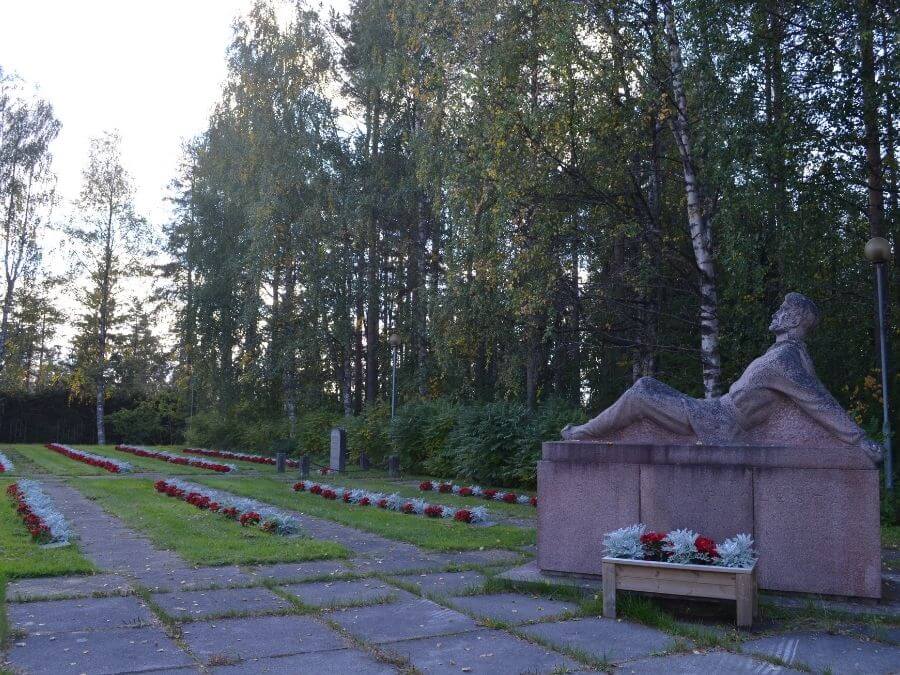
Kalle Aukusti Lohi memorial monument
The memorial monument for Kalle Aukusti Lohi was unveiled in 1993 and is located near the Ranua Police Department. The author of the monument is sculptor Ensio Seppänen.
Monument to the Battle of Kivitaipale
Located on the east side of the Ranua – Rovaniemi road (main road 78) about 3 – 4 km north of the village of Kivitaipale.
Lapland War Evacuees Memorial “Crying Stones”
Located in the courtyard of Ranua Church, at Kirkkotie 10, near the heroes’ graves. The author of the monument is local artist Erkki Salmela.
Pioneers of the Lapland War
Located on the wilderness of river Ylijoki in Portimojärvi.
Hero Memorial “Not Death but Life”
Located like the “Crying Stones” in the courtyard of Ranua Church. The author of the monument is the sculptor Kalervo Kallio.
